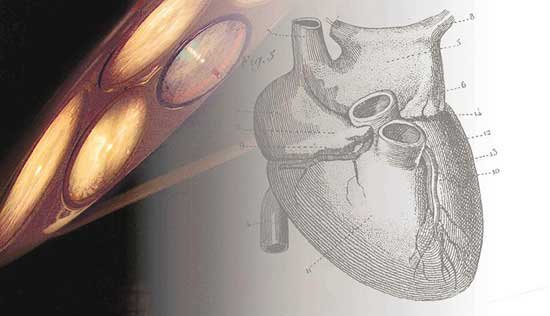INHALING NITRIC OXIDE HELPS TRANSPLANT SUCCESS
BIRMINGHAM, Ala. – Administering inhaled nitric oxide (NO) during surgery helps protect liver transplant patients from organ failure, according to a new study from researchers at the University of Alabama at Birmingham (UAB).
(PressZoom) - BIRMINGHAM, Ala. – Administering inhaled nitric oxide ( NO ) during surgery helps protect liver transplant patients from organ failure, according to a new study from researchers at the University of Alabama at Birmingham ( UAB ).The colorless gas improves post-surgical liver function by minimizing reperfusion injury, an unwanted side effect of restoring blood flow swiftly to a donor organ moments after transplantation into the recipient, the study authors said.The findings on inhaled NO were published in the most recent issue of the Journal of Clinical Investigation. Results from this small study are preliminary and must be confirmed through larger clinical trials, said Rakesh Patel, Ph.D., an associate professor in the UAB Department of Pathology and a co-lead author on the study.Exactly how the inhaled NO improves organ function at the cellular and molecular level is still unknown, Patel said. What is clear from post-surgical data are the benefits of inhaled NO for transplant patients: decreased hospital length-of-stays, and improved blood-clotting and liver-enzyme activity in post-transplant tests.Inhaled NO was administered to study subjects through an anesthesia mask by UAB anesthesiologists during transplant surgery. The trial was designed to be “blinded” and placebo-controlled, which means some patients got inhaled NO and others did not, and neither patients nor their surgeons knew who was getting the gas.“We were pleasantly surprised at how good the inhaled NO patients performed after the results were gathered,” Patel said. He said the results also showed inhaled NO protects transplanted livers from a rise in hepatic cell death.NO can be toxic to humans if breathed at high doses without medical supervision. Doses administered to the Journal of Clinical Investigation study participants were about 80 ppm, which did not cause toxicity and even proved beneficial, Patel said.A larger clinical trial of inhaled NO involving more patients is about to start up at UAB in conjunction with Seattle-based University of Washington and the U.S. Department of Veterans Affairs Puget Sound Health Care System.Since reperfusion injury is possible in a wide range donated organs, the hope is that inhaled NO holds promise for improving “results to other solid organ transplants, such as heart, lung, kidney and pancreas,” said Devon Eckhoff, M.D., chief of UAB’s liver transplant program and a professor in the Department of Surgery.Clearly if more donor organs end up healthier after transplantation, then donor-organ shortages may see some relief. “The more organs that are made suitable for transplantation will decrease the wait time for organ transplant recipients and subsequently save lives,” Eckhoff said.Patel said the research was a collaborative between UAB researchers from the Departments of Anesthesiology, Biostatistics, Pathology, Surgery and the Center for Free Radical Biology. The other co-lead author was John Lang, M.D. director of anesthesiology at University of Washington, Seattle.Media contact: Troy Goodman205.934.8938/tdgoodman@uab.edu

